Anna Ainio measures this French period piece against the theory of ‘the female gaze’.
One of the first scenes of Céline Sciamma’s Portrait of a Lady on Fire shows Héloïse, a French noblewoman, and Marianne, an artist hired to paint her portrait, standing on top of a cliff facing the stormy sea. Marianne is staring at Héloïse’s face. When the latter notices, Marianne looks away, intimidated. But Marianne’s gaze is attracted to the other woman again, and while she slowly turns her head, she finds Héloïse staring poignantly back at her.
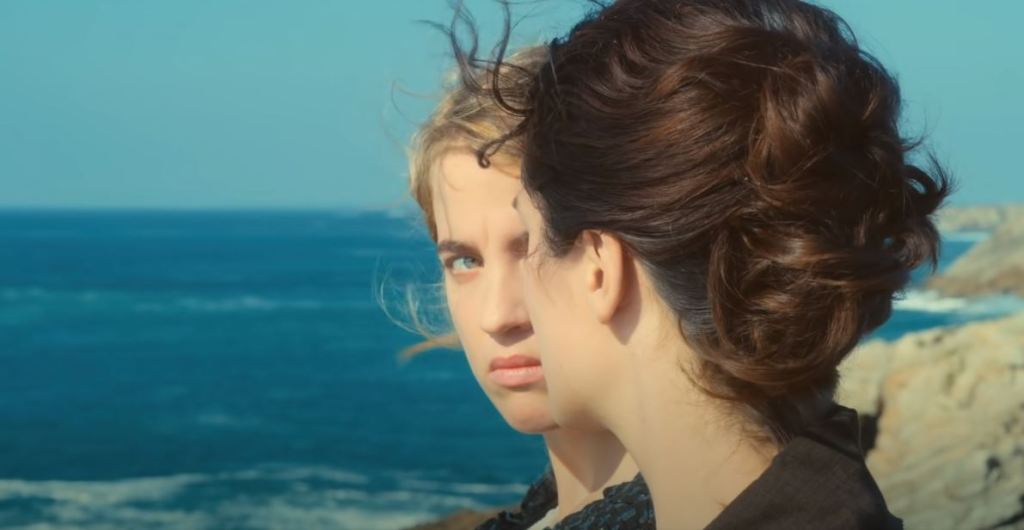
This sequence is not just aesthetically pleasing: it is also a deeply meaningful declaration of the film’s manifesto. I’m aware of this term’s political connotations, and I don’t use it lightly. I believe that this film is the first of many that will change the history of cinema, paving the way for a new kind of filmmaking that does not objectify the female subject. This new perspective can be summed up by an expression that many have applied to this film: the female gaze.
Set in 18th-century Brittany, the film follows a young noblewoman named Héloïse (Adèle Haenel), who is forced to marry a rich man from Milan. Everything has been arranged by her mother (Valeria Golino), but something is still missing: a portrait of the young lady must be sent to her future husband, as this was the custom at the time. Marianne (Noémie Merlant), a female portraitist, is hired to paint this portrait. This tale is historically accurate, as most female artists of the time (for example, the Bolognese painter Lavinia Fontana) were commissioned for this type of portrait. Héloïse must not know the reason for Marianne’s presence, as she is, in her mother’s words, particularly unhappy with this arranged marriage. Left alone with their servant, Sophie (Luana Bajrami), Marianne and Héloise become closer and closer, and their love story gently unfolds as the movie goes on.
As in every self-respecting eighteenth-century painting, this one too must be analysed within a frame. Laura Mulvey’s landmark essay ‘Visual Pleasure and Narrative Cinema’ perfectly describes how the objectifying ‘gaze’, a.k.a. the ‘male gaze’, lies at the centre of most 1950s Hollywood feature films. This gaze shows itself through a specific kind of camerawork that lingers on the female body, exposing it to the viewer’s voyeuristic gaze and putting the audience in the position of the (male) artist. Since the outbreak of second-wave feminism in the 1960s-70s, much has been said about the possibility of adopting a new perspective on cinema – one that subverts the male gaze in favour of a more progressive approach to filmmaking. This alternative has been defined as the ‘female gaze’.
Despite the extensive debate around it, the nature of the female gaze still seems misunderstood by many. Even today, there are very few examples of films that actually represent it well: Portrait of a Lady on Fire is one of them. In this love story between two women, Céline Sciamma does not fall into the pitfalls that have attracted many directors before her. She does not omit scenes of lovemaking, but neither does she put excessive emphasis on them, as in Abdellatif Kechiche’s much-acclaimed Blue is The Warmest Colour. Love is shown in many ways – through glances, breaths, words. It is not commercialized through an obsessive emphasis on naked bodies and ecstatic female faces. In a scene that echoes a famous shot from Ingmar Bergman’s Persona, Sciamma’s subtle camerawork carefully lingers on the two women as they kiss. Instead of focusing on parts of their bodies, she shows us a harmonious, dance-like embrace between them. This, Sciamma silently affirms, is love.
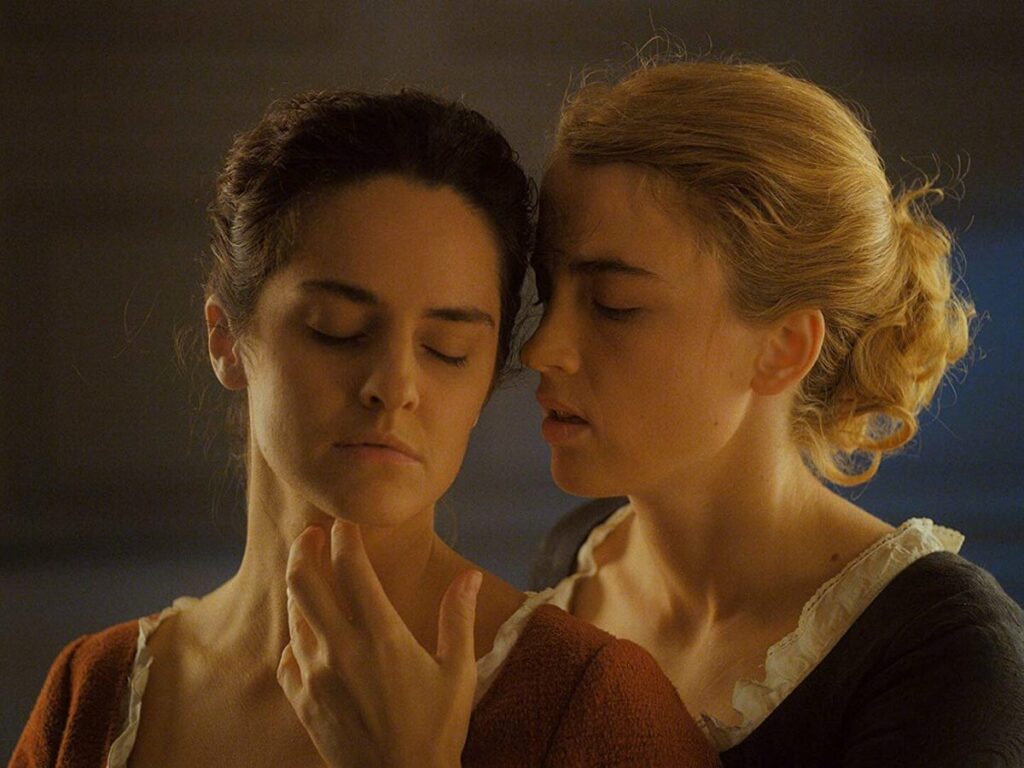
While accepting to pose for Marianne, Héloïse does not give up her agency as a subject. This refusal sets her apart from the countless women who have been objectified through art. From ancient Greek statues (such as Milo’s Venus) to modern-day photos of ‘perfect’ female bodies on Instagram, the representation of women in art has often reinstated the subaltern role that women had – and continue to have – in society. Stripped down to its essentials, painting consists in the reproduction of forms on a flat surface. One can easily understand its threatening power in the discourse of female representation: the ideal female body is often prioritized above all else, leaving little room for subjectivity. This is further underscored by the long-standing tradition of Western painting, seasoned with stories of love affairs between artists and their ‘muses’.
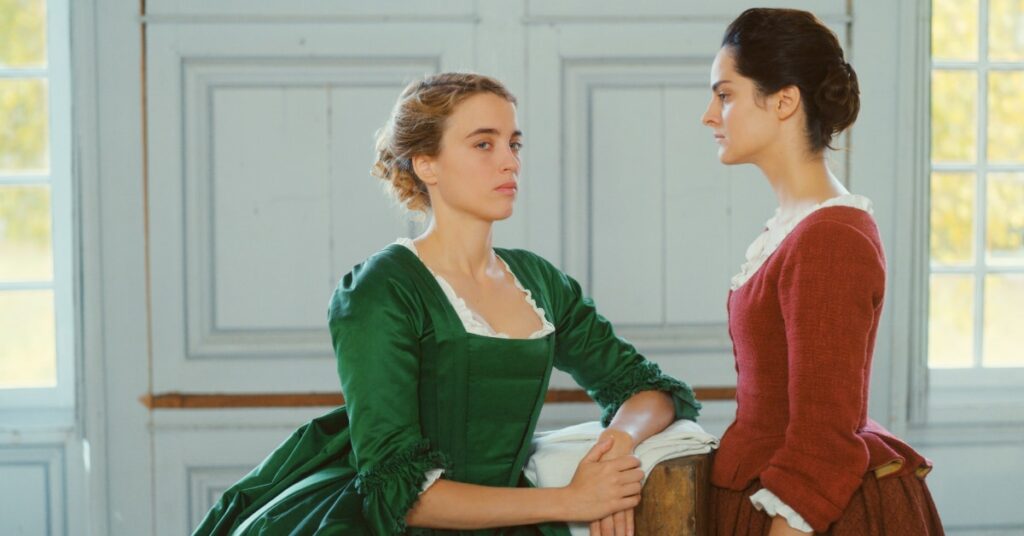
Against this complicated backdrop of power and objectification, Sciamma’s movie seems to tell a different story – one of love and respect, which challenges the stereotypical relationship between the artist and their subject. As Héloïse poses for Marianne, their power dynamic is often inverted. At one point in the film, the artist reveals that she has gained insight into her subject’s unconscious movements by observing her. ‘When you’re embarrassed, you bite your lips,’ she notes, then suddenly adds, ‘pardon me, I would not want to be in your position’. Héloïse retorts, ‘when you’re looking at me, who do you think I’m looking at?’ before revealing that she had noticed the same subtle signs of discomfort in Marianne’s behavior.
Héloïse defies objectification, asserting herself as a subject in front of another: by doing so, she renders justice to all the women who stand mutely on the surface of canvases. That is why the sequence described at the beginning, where the two women look at each other, epitomizes Sciamma’s movie. Marianne looks at her seemingly unaware subject to observe (and thereby possess) the outline of her ears, the curve of her lips, or the colour of her eyes – but her subject stares back. The last frame of this sequence, a long-lasting exchange of looks between the two main characters, feels like the climax of a symphony where melody and harmony come together. In fact, the moment feels almost as special as a first kiss: through an exchange of looks, the mood shifts from a simple drive to possess the other’s body to something much more intimate. Yes, love might have a possessive side to it, but this film teaches us that it is more fully expressed in the communion of two people’s hearts and bodies; and it is precisely this communal power that, in the last instance, transcends the mere desire for possession.
The subtle hues of this romance are enriched by its comparison with another well-known love story, that of Orpheus and Eurydice. In a nocturnal scene with Caravaggesque overtones, Héloïse, Marianne, and Sophie read Ovid’s recount of the myth of Orpheus. After losing his lover Eurydice, Orpheus is given the opportunity to reclaim her from the dead. This is possible on one condition: he must not look at her until they come out of the underworld. Orpheus cannot resist; he looks back at her, and she disappears forever. Marianne interprets this myth as Orpheus’ choice to keep only the memory of his lover, and immortalize it through poetry. But Heloise has a different take on this: she suggests that Eurydice could have been the one telling Orpheus, ‘turn around’. These words are also the last ones she will say to Marianne as she follows her in a white wedding dress, before the painter closes the door that will keep them apart forever.

This interpretation is a key part of the film’s reevaluation of female agency: instead of making Eurydice the object of Orpheus’ decision, it posits her as the one who makes it. She decides to keep only the memory of her lover. In the film, Héloïse decides to comply with her destiny and marry the man she was supposed to. This verisimilitude of this ending may leave the viewer with a bitter sensation; but at the same time, it reinforces the power of their love, which lives on despite the distance between them. By doing this, Sciamma refuses to give us what would be an unrealistically happy ending to an eighteenth-century homosexual love story. The two women can only look at each other’s representation – making their love story a work of art, just like Orpheus’ melancholic chant for his lost Eurydice.
But this work of art is revolutionary in that it reinstates the reality of a relationship based on true intimacy and mutual respect. In this, it defies idealization without renouncing poetry. The film ends with a long take close-up of Héloïse listening to Vivaldi’s Summer, which was Marianne’s and her song. Marianne sees her from the other side of the theatre, but Héloïse does not. With a striking performance by Adèle Haenel, this final shot is as breathtaking as it is significant: the truth is that they both made the same choice as Orpheus, by deciding to remember their love through art and keeping that memory alive in the recesses of their hearts.
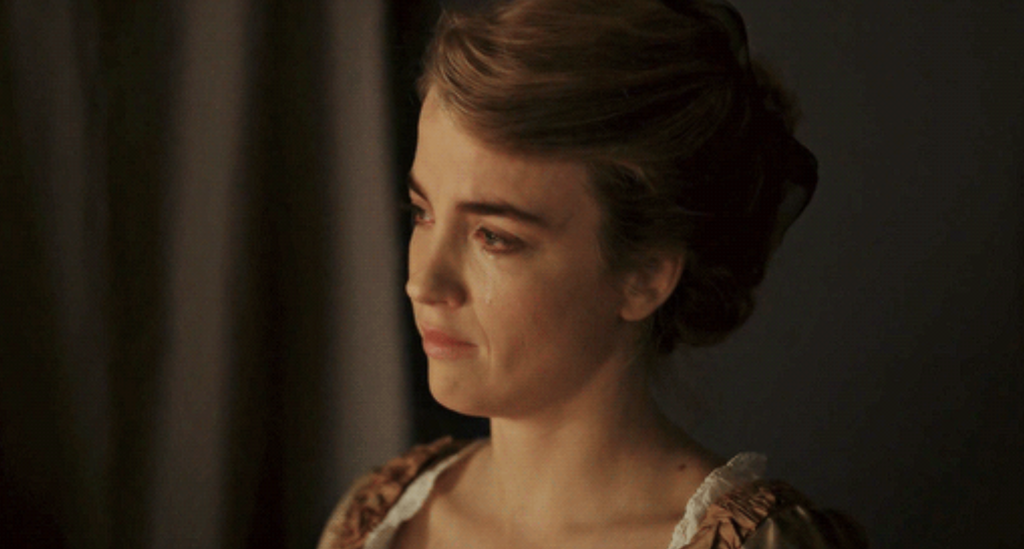
With its reinterpretation of the myth of Orpheus, Portrait of A Lady On Fire delivers a brilliant reflection on love, art, and female agency. Through this film, we can begin to appreciate seeing cinema through the female gaze. On the downside, this concept springs from its direct opposition to the male gaze. Although the term ‘female gaze’ may be useful to identify a new approach to filmmaking, it carries the risk of becoming yet another female definition constructed in contrast with a male one. Thus, it actually reinforces (instead of destroying) the binary oppositions that have oppressed people for centuries. One could argue that the underrepresentation of this kind of cinema makes the existence of such terminology necessary: in order to survive as an alternative in the male-dominated industry, it must be described in relation to male structures. Even though this is probably true, this film gives me hope for the future of cinema, when the ‘female gaze’ will no longer need to be defined merely by its opposition to the ‘male gaze’.
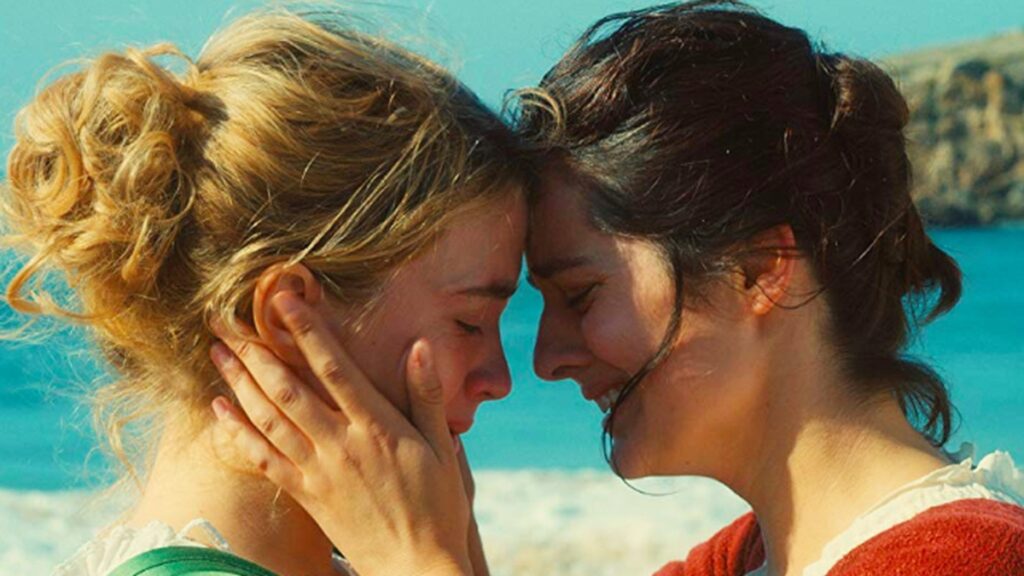

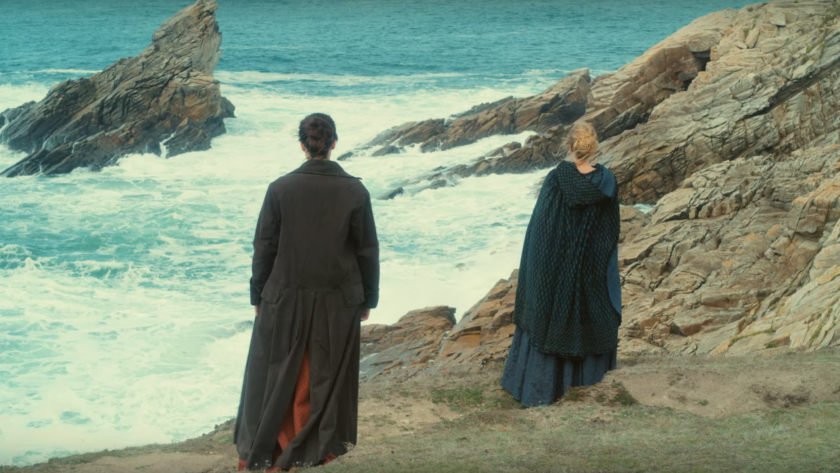



The final scene wrecked me. I love this article.
thank you! yes, this movie is undeniably amazing. Hope Céline is working on something new..